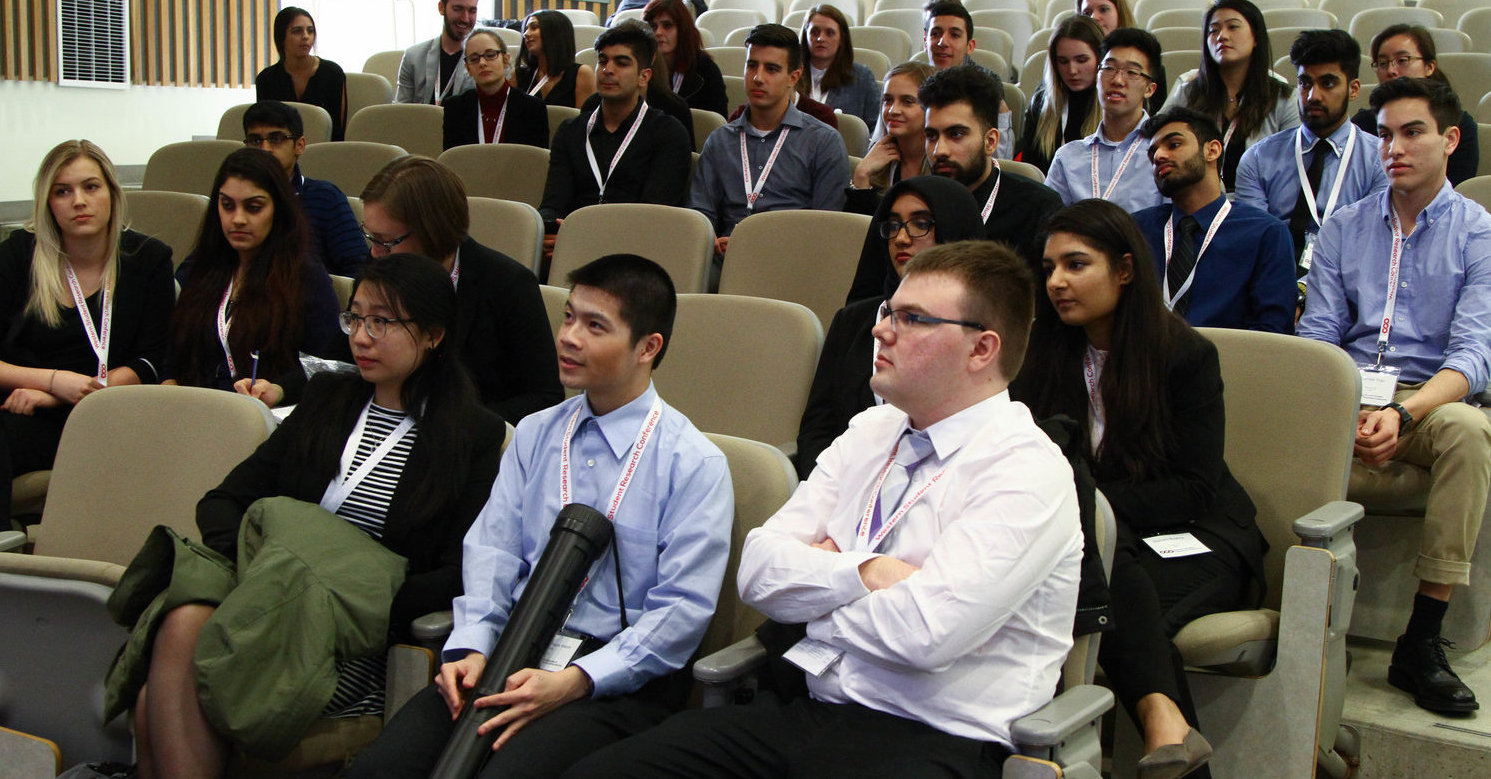Eye Injuries Sustained During Protests Due to Non-Lethal Weaponry: A Systematic Review
Abstract
Non-lethal weaponry used during protests produces adverse consequences when subjected to the eyes. This review summarizes the types of ocular injuries sustained, reports on secondary injuries when applicable, and outlines the visual outcomes and methods of treatments for patients.
Literature was searched through three databases (Medline, Ovid, CINAHL). Grey literature was searched through Clinical Trials.gov and ProQuest Dissertations and Theses. Conferences held through American Academy of Ophthalmology, Canadian Society of Ophthalmology, and Association for Research in Vision and Ophthalmology were searched. Primary studies that adhered to the inclusion and exclusion criteria were included in the review. Database search resulted in 302 records and grey literature search resulted in 0 records. Total of 237 records remained after removing duplicates and were screened at two-stages. 8 records were included in the qualitative analysis.
Causative instruments included kinetic impact projectiles, water cannons, tear/pepper gas and other forms of blunt trauma. Open globe injuries were more frequently exhibited than closed globe injuries. Secondary ocular findings were regularly reported and contributed to the severity. The sustained ocular injuries resulted in a range of visual outcomes (LogMAR): 53.4% of patients presented with a visual acuity above 1, while only 12.9% between 1 and 0.48 and 33.7% below 0.48. Consequently, majority of patients required surgical intervention as their primary method of treatment.
The eyes are vulnerable to such forms of non-lethal weaponry and in the interest of public health and safety, the necessary regulations must be implemented to control the usage of non-lethal weaponry during protests.
Presentation Type
Oral Presentation
Eye Injuries Sustained During Protests Due to Non-Lethal Weaponry: A Systematic Review
Non-lethal weaponry used during protests produces adverse consequences when subjected to the eyes. This review summarizes the types of ocular injuries sustained, reports on secondary injuries when applicable, and outlines the visual outcomes and methods of treatments for patients.
Literature was searched through three databases (Medline, Ovid, CINAHL). Grey literature was searched through Clinical Trials.gov and ProQuest Dissertations and Theses. Conferences held through American Academy of Ophthalmology, Canadian Society of Ophthalmology, and Association for Research in Vision and Ophthalmology were searched. Primary studies that adhered to the inclusion and exclusion criteria were included in the review. Database search resulted in 302 records and grey literature search resulted in 0 records. Total of 237 records remained after removing duplicates and were screened at two-stages. 8 records were included in the qualitative analysis.
Causative instruments included kinetic impact projectiles, water cannons, tear/pepper gas and other forms of blunt trauma. Open globe injuries were more frequently exhibited than closed globe injuries. Secondary ocular findings were regularly reported and contributed to the severity. The sustained ocular injuries resulted in a range of visual outcomes (LogMAR): 53.4% of patients presented with a visual acuity above 1, while only 12.9% between 1 and 0.48 and 33.7% below 0.48. Consequently, majority of patients required surgical intervention as their primary method of treatment.
The eyes are vulnerable to such forms of non-lethal weaponry and in the interest of public health and safety, the necessary regulations must be implemented to control the usage of non-lethal weaponry during protests.


